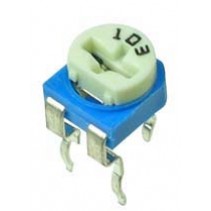These
resistor values you need are
definitely not the ones you quoted.
I don't think you are planning to light up the room

They will probably
between 2.2k and 100k.
I would look for 2mA LED's as indicators.
Look for a large viewing angle as well.
In order to get them to have a pleasant brightness, which is the same for all indicators, you are going to have to experiment.
I would suggest to buy a 1k resistor + 100k potmeter and visually tune each LED.
Connect the 1k resistor in series with the wiper of the potmeter and use that in series with the LED on 12V.
Ensure you have the polarity correct.
At -12V some LED's may give up their ghost.
The 7812 need input and output decoupling capacitors.
Try to look for a small power supply PCB designed for the 7812.


